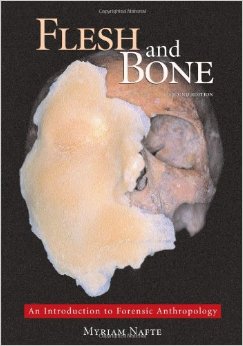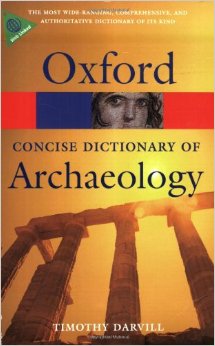In a previous Quick Tip post we briefly touched on teeth in anthropology/archaeology by providing a basic answer to the question, “What can an anthropologist tell from the examination of teeth?”, which can be found by clicking here.
“No structures of the human body are more likely to disintegrate during life than teeth, yet after death none have greater tenacity against decay” – Wells, 1964.
Teeth are the hardest and most chemically stable tissues in the body; because of this, they’re sometimes the only part of a skeletal remain to withstand the excavation. Even though teeth are the most robust structures of a skeleton, there are numerous diseases that can affect them. This is due to teeth interacting directly with the environment and therefore are vulnerable to damage from physical and biological influences. It is from these diseases, that archaeologists and anthropologists can learn a wealth of information on an individual or population’s diet, oral hygiene, dental care and occupation.
Lukacs, 1989, classified dental diseases into four categories, which are;
- Infectious – This is one of the more common disease types found within archaeological populations. An example of an infectious dental disease is caries.
- Degenerative – This is where the dental disease occurs over time as the person ages. An example of degenerative dental disease includes recession of the jaw bone.
- Developmental –These dental diseases develop due to environmental and lifestyle factors, such as malnutrition. An example of this type of disease is enamel hypoplasia.
- Genetic – These types of diseases are caused by genetic anomalies.
The main dental diseases that are observed within an archaeological or anthropological context are;
If the dental disease listed above is a link, it means that I have already covered it in an individual blog post and can be found by following the link.
Each of these dental diseases has their own characteristics which allows them to be easily distinguished from one and another. In the next few posts of this Quick Tips series, we will be focusing on each dental disease individually, and highlighting their aetiology and physical characteristics.
References:
Buikstra, J.E., Ubelaker, D.H. 1994. Standards for Data Collection From Human Skeletal Remains. Fayetteville, Arkansas: Arkansas Archaeological Survey Report Number 44.
Lukacs, J.R. 1989. Dental paleopathology: methods for reconstructing dietary patterns. In M.Y. Iscan and K.A.R. Kennedy (eds), Reconstruction of life from the skeleton. New York, Alan Liss. Pg 261-86.
Ubelaker, D.H. 1989. Human Skeletal Remains: Excavation, Analysis, Interpretation (2nd Ed.). Washington, DC: Taraxacum.
Wells, C. 1964. Bones, bodies and disease. London, Thames and Hudson.
White, T.D., Folkens, P.A. 2005. The Human Bone Manual. San Diego, CA: Academic Press. Pg 392-398.
This is the first post of the Quick Tips series on identifying dental diseases. The next post in this series will focus on how to identify dental/enamel hypoplasia and highlight the cause of this dental disease.
To read more Quick Tips in the meantime, click here, or to learn about basic fracture types and their characteristics/origins click here!













